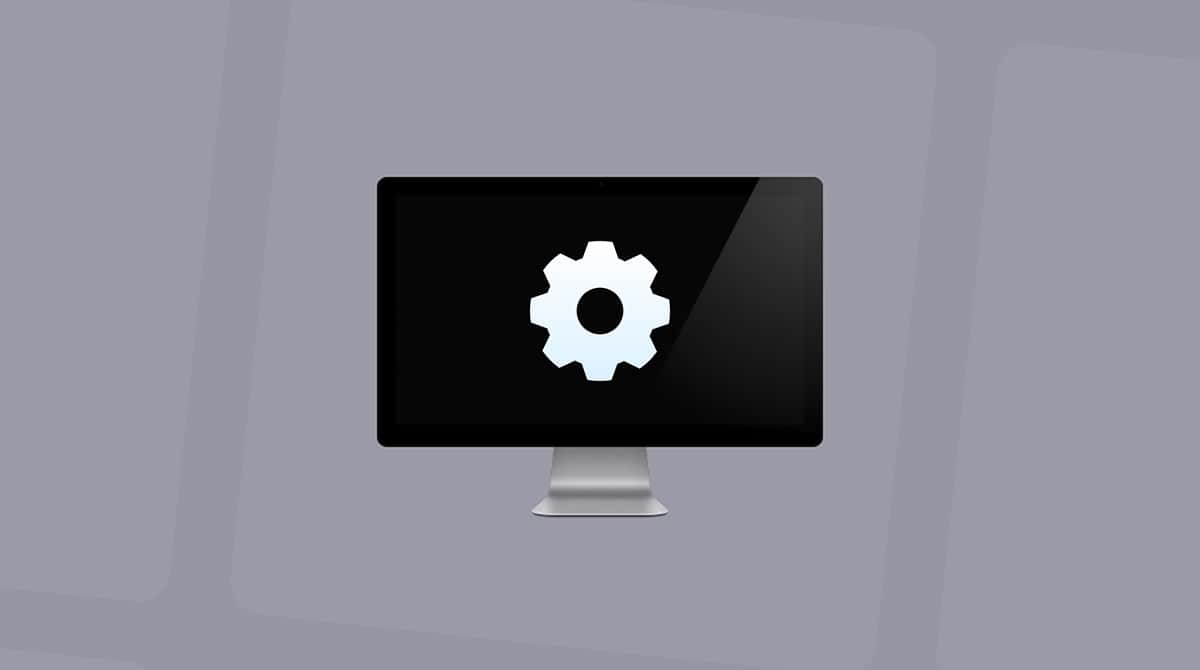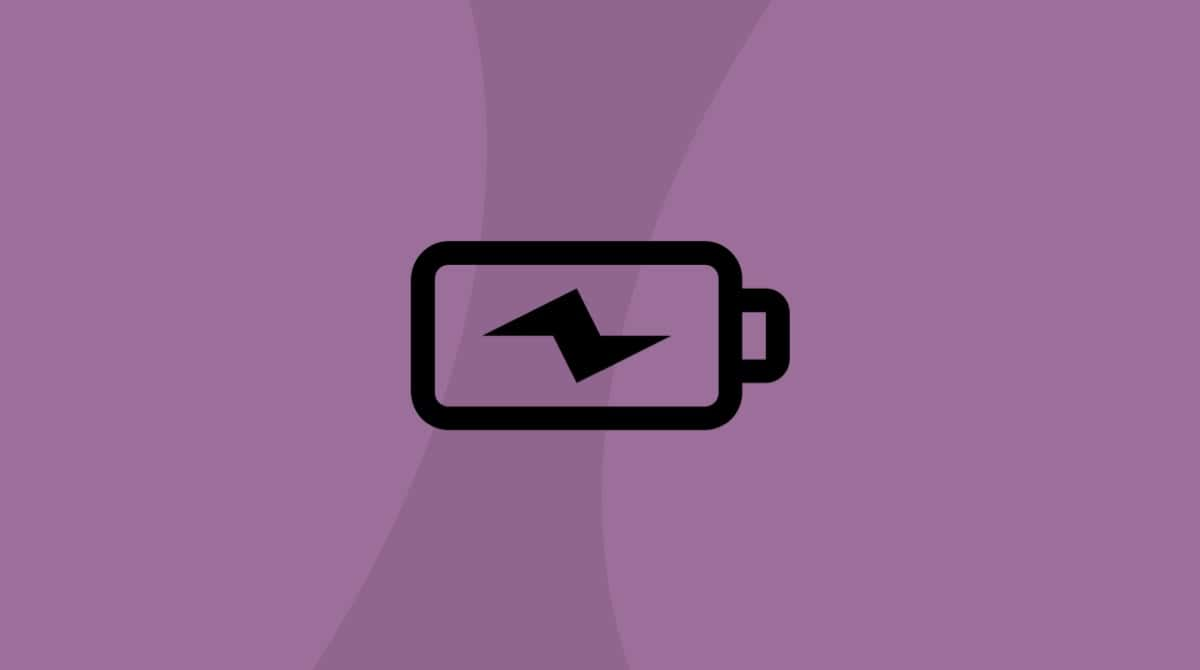One way or another, most of us rely on our ability to speak to our Macs and use them for calls. We need the in-built microphone working for those calls we should make.
In this article, we look at why a MacBook microphone might not be working and how to fix it.
Where is the microphone on MacBook
Depending on the model of your Mac, the microphone is in different places. In newer MacBook Air — models released after 2018 — the built-in microphones are on the left side of the laptop. They are in the speaker grids. In those released before 2018, the microphone is also on the left side of the laptop, and it is next to the 3.5 mm port for headphones.
As for MacBook Pros, the newest models have their three mics positioned underneath the microphones, on the upper right side of the keyboard. The MacBook Pro without speaker grid (made in 2017 and earlier) has the microphone placed on the left top part of the keyboard, above the ESC key.
In iMac, the microphone is on the top of the computer close to the FaceTime camera. In older models, it is right at the bottom of the display. Speaking of Mac mini, it does not have a built-in microphone.
What causes Mac microphone issues?
If your Mac’s microphone has stopped working, it could be due to software settings, hardware issues, or even malware. Below are some common reasons why your Mac’s mic might not be functioning properly.
- Privacy settings restrictions. Your Mac has built-in privacy controls that can prevent apps from using the microphone. If an app doesn’t have permission, your mic won’t work with it.
- Hardware connection problems. If you’re using an external microphone, it might not be plugged in properly, or the cable/port could be damaged.
- Software or macOS bugs. A temporary glitch in macOS or a specific app can cause issues with the microphone. Restarting your Mac or updating macOS can fix the problem.
- Dust or dirt is blocking the microphone. Over time, dust can clog the tiny microphone openings on your Mac, affecting sound quality or completely blocking audio input.
- Malware threats. Some malicious software can hijack your Mac’s microphone, preventing you from using it.
How to test the microphone on Mac?
Before we get to the solutions, let’s check whether your mic’s actually working. No need to look for third-party tools — you can use a built-in app called QuickTime Player. Navigate to Launchpad to find and open QuickTime Player.
In the app’s menu, click File and select New Audio Recording. Here, turn up the volume and say something.
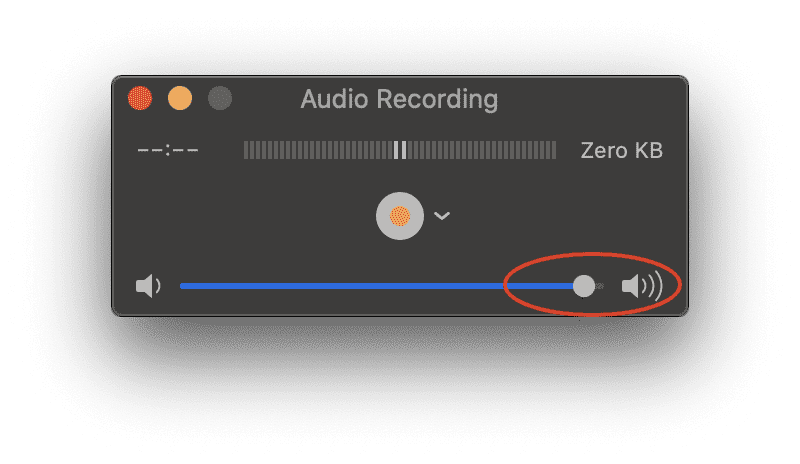
If you can hear yourself (you may also hear white noise in the background), then your microphone’s working fine.
What do to if mic is not working
There could be a number of reasons why Mac microphone stopped working — from faulty settings to conflicts with third-party apps. That is why there is more than one fix to this issue, and we’ll outline the most effective solutions below.
1. Check your sound input settings
Low input volume is one of the most common reasons why your microphone isn’t working. If the volume is set to a minimum, your microphone will be muted. So, the first thing to do when you have microphone issues is to configure settings the right way.
Let’s start with checking settings and making sure it’s configured correctly:
- Open System Settings (in Applications, from Dock or Apple menu, via Siri, or using Spotlight Search).
- Click on Sound.
- Select Input > Built-in.
- Here, make sure the Input volume is at maximum.
- Now, if you speak near your Mac, the Input level bars should fill up.
- If this isn’t happening, or the Internal Microphone isn’t an option, then your Mac isn’t registering the mic as an input.
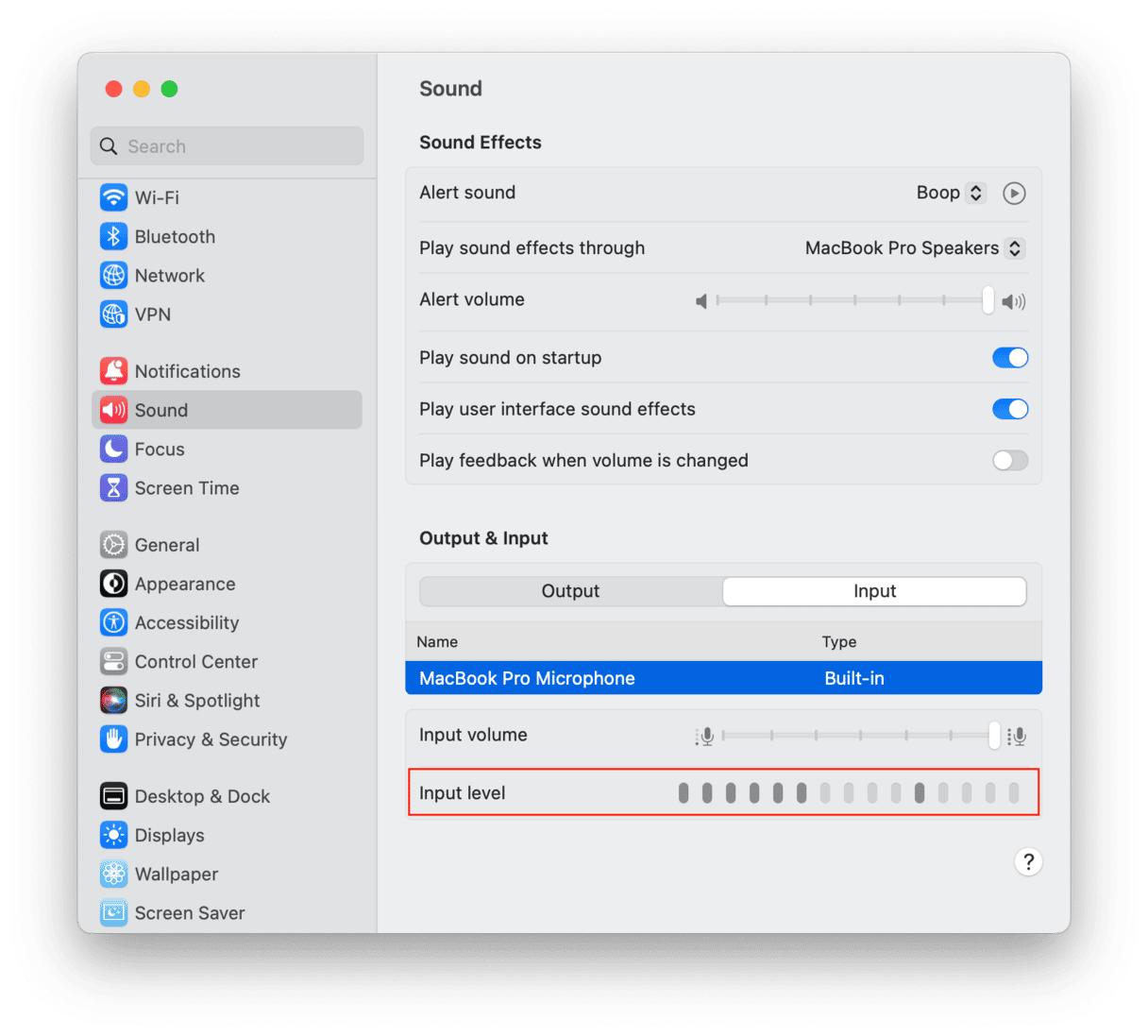
If that seems to be the case, then there are other things to explore to get it working.
2. Check microphone permissions
Some applications, like Zoom or Skype, can use your microphone to ensure two-way communication. But to use your mic for audio and video calls, you need to grant an app permission to access the microphone — in other words, turn on your mic. As noted, it is done when you first open the app.
If it stopped working suddenly, it may be that this permission has been somehow revoked, so you’ll need to double-check it. To do it or enable the microphone on Mac, go to System Settings. From here, you need to navigate to Privacy & Security. In the Privacy tab, select Microphone from the list.
If you want to allow an app to use your microphone, toggle the switcher to on.
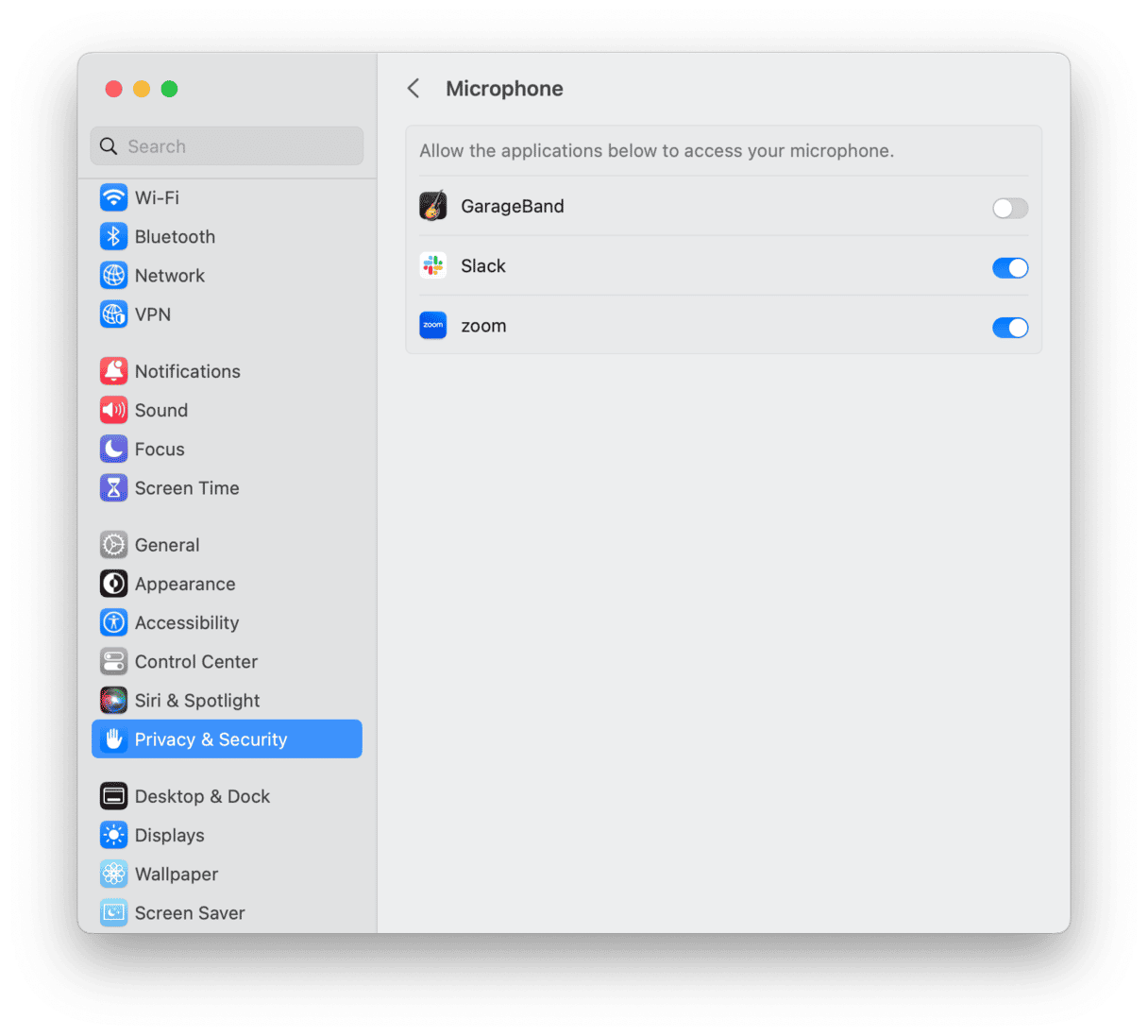
In case the app’s open, you’ll need to quit it to enable microphone access. Just click Quit & Reopen in the pop-up that appears.
3. Сheck Mac for malware
As mentioned, sometimes, the mic stops working because of a conflict with a third-party app. In some cases, you may be unaware of the conflict because you have not installed any new piece of software. In such instances, it may be malware that is causing issues with the Mac’s microphone, so it is worth running a malware scan to rule out this possibility.
The easiest way to check your Mac for malware is to use a dedicated cleaner app. We recommend CleanMyMac. Not only does it have a constantly updated database of threats, but it also comes from a trusted developer and is notarized by Apple — this way, you know that the app is both effective and absolutely safe to use.
Here’s how to run a quick virus scan:
- Get your free CleanMyMac trial.
- Open the app.
- From the sidebar, click Protection and hit Scan.
- Wait for a few minutes for the scan to complete. Should it find any threats, click Remove.
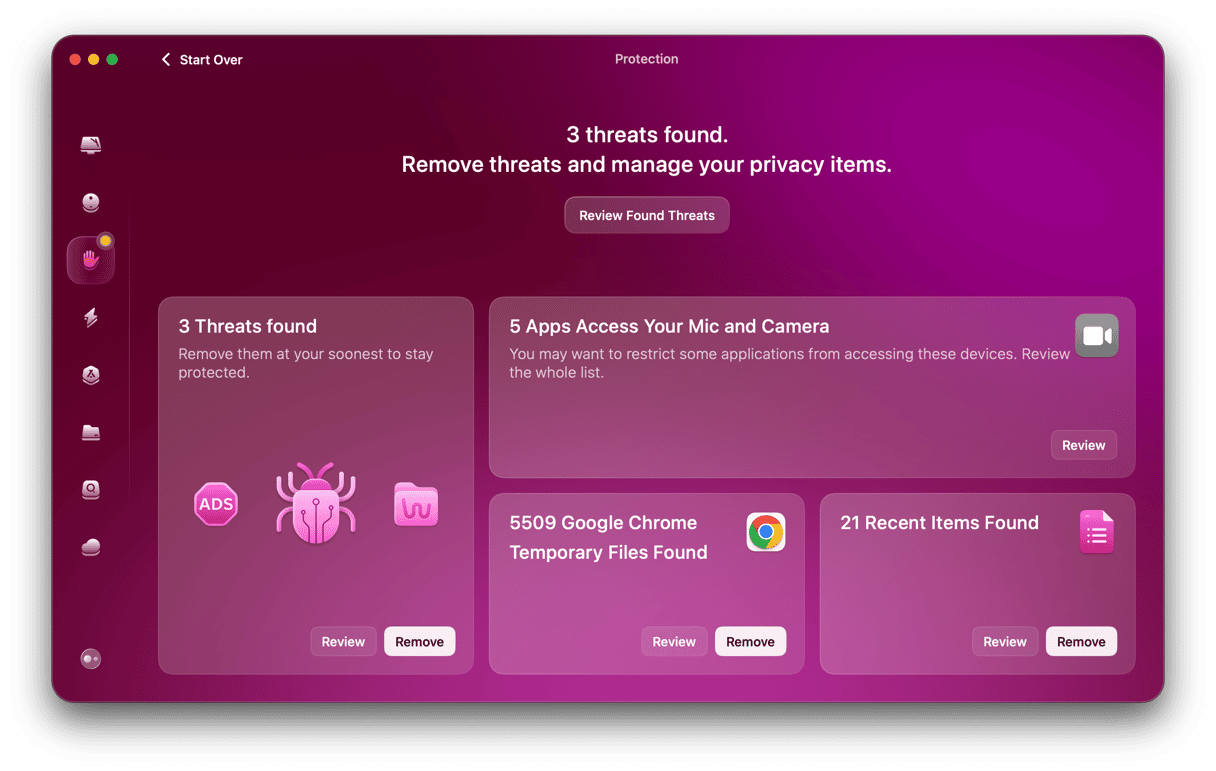
That’s it! Even if no malware was detected this time, it is a good idea to run the scan every once in a while to ensure that your Mac is protected and your private and personal information is not compromised.
Now that you’re sure your Mac is virus-free let’s proceed with other tips if this one has not helped.
4. Switch on Dictation
Switching on Dictation — even if you aren’t going to dictate anything to your Mac — should initiate launch agents that activate the microphone and get it working again.
- Go to System Settings > Keyboard.
- Locate Dictation there and turn it on (confirm by clicking Enable) — this should download the relevant files to make the microphone work.
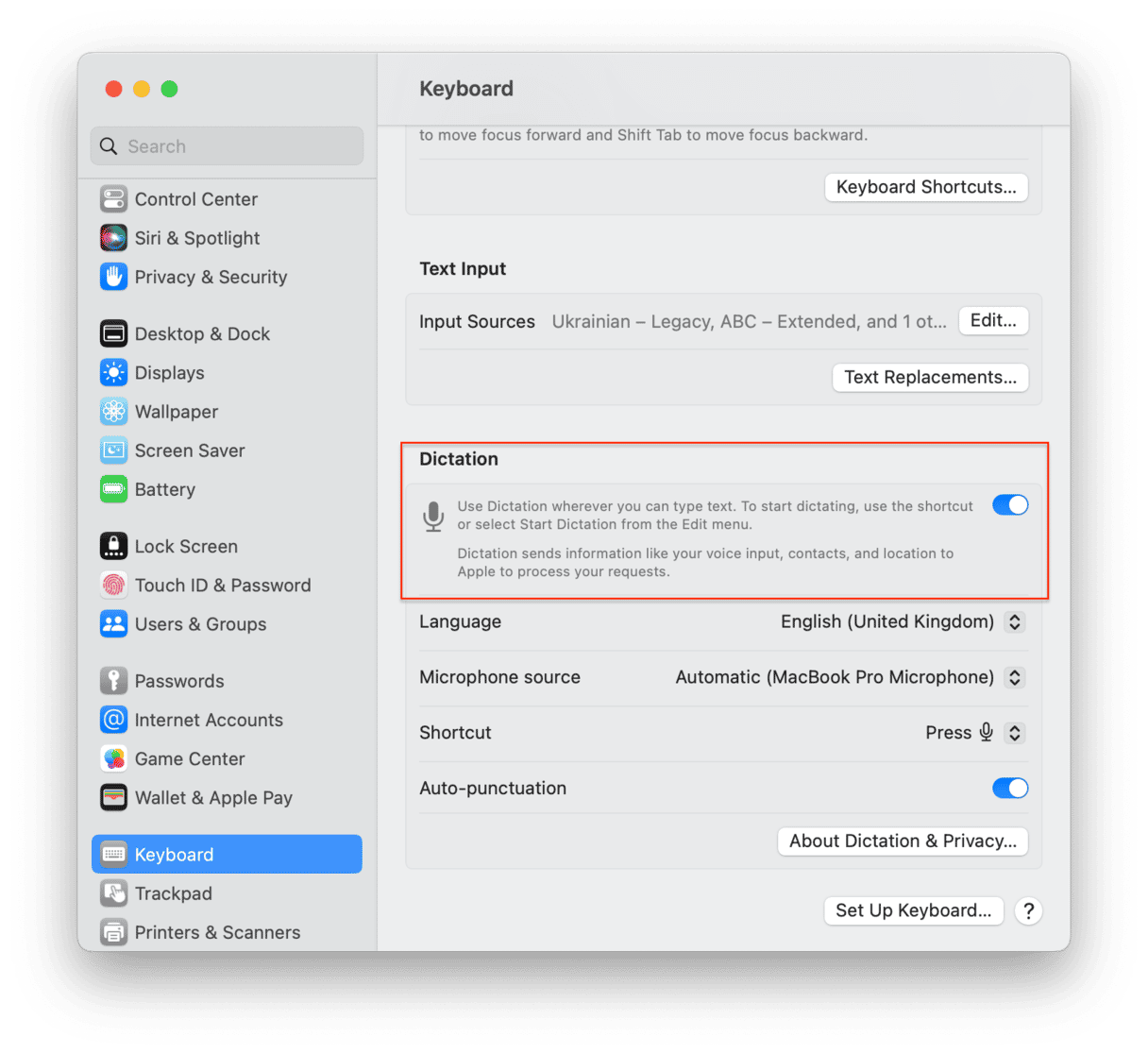
With Dictation switched on, especially if you’ve never used it before, there are drivers and systems your Mac might not currently have. It will automatically find those, download them, and should, therefore, encourage the mic to start working again.
If that hasn’t happened, then there are still more ways to fix this.
5. Restart your Mac
Basically, it should be the very first thing you do when you try to troubleshoot a variety of issues. However, we all know that we do not like restarting our computers for different reasons. Some of us do not want to lose unsaved work; others are too busy and don’t have time to reopen all the tabs and apps.
Nonetheless, restarting your Mac may fix different small issues like mic not working. So, go straight to the Apple menu and click Restart. By the way, you may click Reopen windows to save some time.
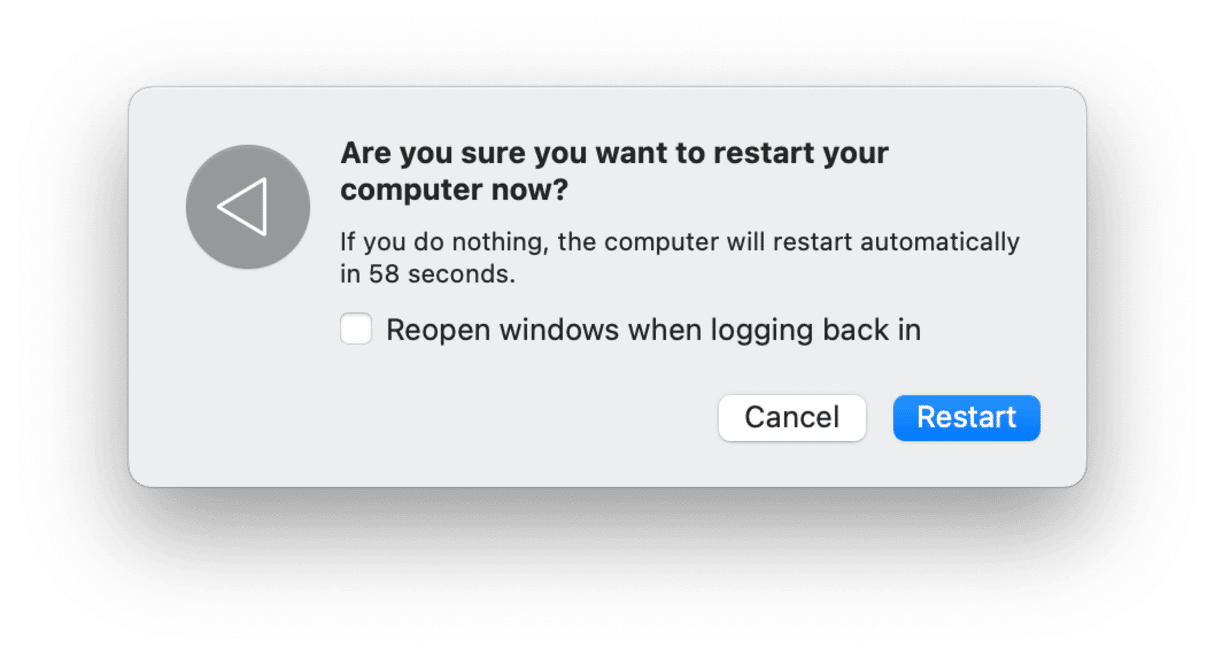
6. Check application’s internal microphone settings
If the app uses a built-in microphone of your Mac, it is also possible to check its internal settings and test the mic. For example, it works for Skype and Zoom, which are two popular apps we commonly need microphone with. All you have to do is open the app, click Preferences from the menu bar, and find Audio or a similar pane. From there, look for a button labeled test speakers and click it. At the same time, you should be able to select the mic the app is using.
7. Reset NVRAM/PRAM
Another possible solution is to reset the PRAM (Parameter RAM). It stores a whole load of Mac settings, so with this reset, your mic should start working — if nothing else has kicked it back into gear.
- Click the top-left Apple icon and select Shut Down.
- Wait until your Mac has turned off.
- Now press the power button and the following keys (at the same time): cmd + alt + P + R.
- Hold down for 20 seconds.
- Release the keys, and it should start as normal, with a reset PRAM.

8. Try boosting sound with an app
If your Mac’s microphone sounds too quiet, there are simple ways to boost its volume and improve audio quality.
One great option is using sound-boosting apps like Boom 3D. While it’s mainly known for enhancing speaker output, it also lets you increase your microphone’s input volume beyond macOS’s default settings. This can make your voice sound more clear on calls and recordings.
You can also use macOS’s built-in Voice Memos app to check and improve your mic’s sound. By recording a short clip, you can test how well your microphone is working. The app also has basic editing tools, so you can trim out background noise and adjust volume levels for better clarity.
Apple has always invested a lot in audio systems and hardware. MacBook microphones are pretty robust and reliable. But every so often, something can stop them from working. Hopefully, this article has helped you fix your Mac mic.






